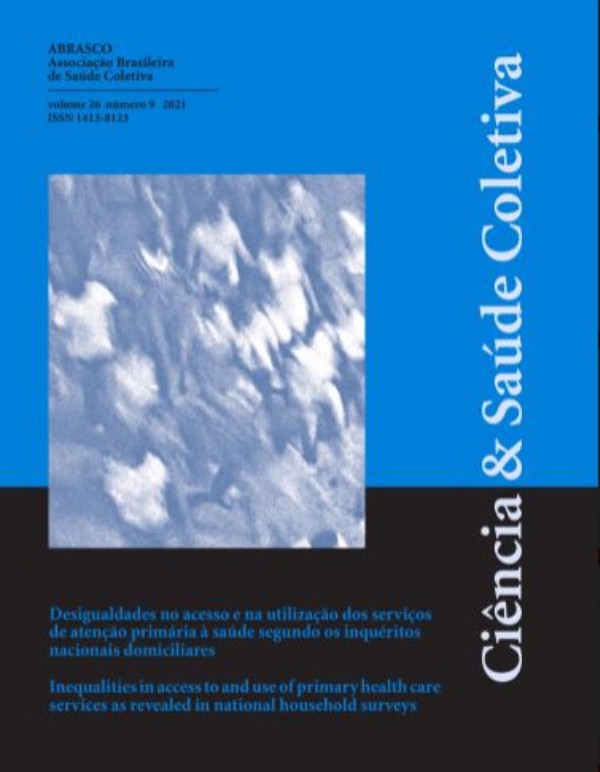0228/2020 - Social Segregation and Lethal Police Violence in the City of São Paulo (2014-2015)
Segregação Social e a Violência Policial Letal na Cidade de São Paulo (2014-2015)
Autor:
• Marcelo Ryngelblum - Ryngelblum, M - <marceloryn@gmail.com>ORCID: https://orcid.org/0000-0003-4737-6366
Coautor(es):
• Maria Fernanda Peres - Peres, M.F - <mftperes@usp.br>ORCID: https://orcid.org/0000-0002-7049-905X
Resumo:
Investigamos em que medida a violência policial letal (VPL) na cidade de São Paulo, Brasil, guarda relação com desenvolvimento socioeconômico, considerando os locais de residência das vítimas e os endereços dos eventos fatais.A distribuição espacial da taxa de violência policial letal (TVPL) e sua associação com o índice de desenvolvimento humano (IDH) foi investigada por meio do Moran’s I (Global e o Local Bivariado)
Entre 2014 e 2015 encontramos 403 vítimas da polícia no banco de dados da Saúde e 794 no da Segurança Pública. Constatamos uma distribuição não aleatória da TVPL considerando os locais de residência das vítimas (I =+0.12; p <0.001) e os locais de encontro fatal com a polícia (I=+ 0.07; p <0.001). Encontramos uma associação negativa (I=-0.10; p <0.001) entre as TVPL e o IDH nos locais de residência e uma associação positiva entre as TVPL e o IDH nos endereços dos eventos fatais (I=+ 0.02;p <0.001). Os resultados apontam para dinâmicas distintas da VPL na CSP. Clusters de alta mortalidade foram encontrados em áreas com menor IDH, quando consideramos o endereço das vitimas, e em áreas com maior IDH, quando consideramos o endereço dos eventos fatais. A VPL impacta jovens negros, com baixa escolaridade, vivendo nas periferias, nos informando dos padrões de segregação social.
Palavras-chave:
Intervenção Legal; Polícia; Análise espacial; Segregação socialAbstract:
We aimed to investigate how lethal police violence (LPV) in the City of Sao Paulo (CSP), Brazil, is associated with socioeconomic development when we consider the victims’ place of residence and the locations of the fatal injuries.The spatial distribution of lethal police violence rate (LPVR) and its association with the human development index (HDI) was investigated using the Moran’s I (Global and Bivariate Local).
Between 2014 and 2015 we found 403 police victims in the Health database and 794 victims in the Security Department. We found a non-random spatial distribution of the LPV considering the victim’s place of residence (I=+ 0.12; p <0.001) and the locations where the fatal injuries were inflicted (I=+ 0.07; p <0.001). We found a negative association between LPVR and the HDI of the place of residence (I=-0.10;p <0.001) and a positive association between LPVR and the HDI of the locations of the fatal injuries (I=+ 0.02;p <0.001).
The results point to different dynamics of LPV in CSP. High mortality clusters are found in areas with lower HDI, when considering the victim's address, and in areas with higher HDI, when considering the address of the violent events. LPV impacts young blacks, poorly educated residents of outskirts informing us about patterns of so-cial segregation.













